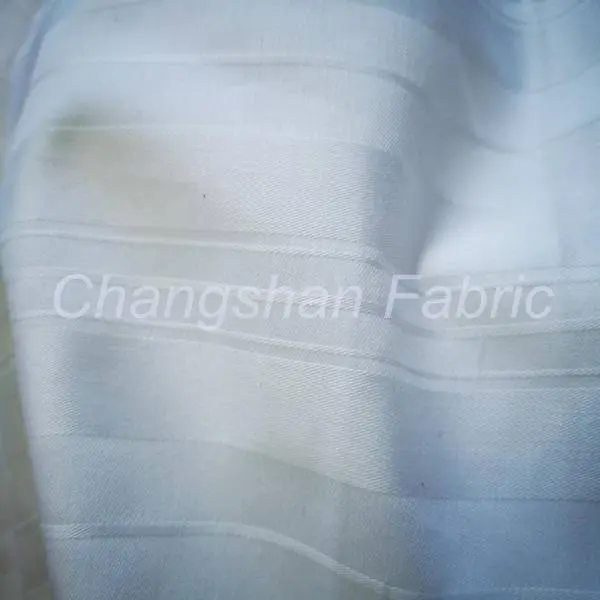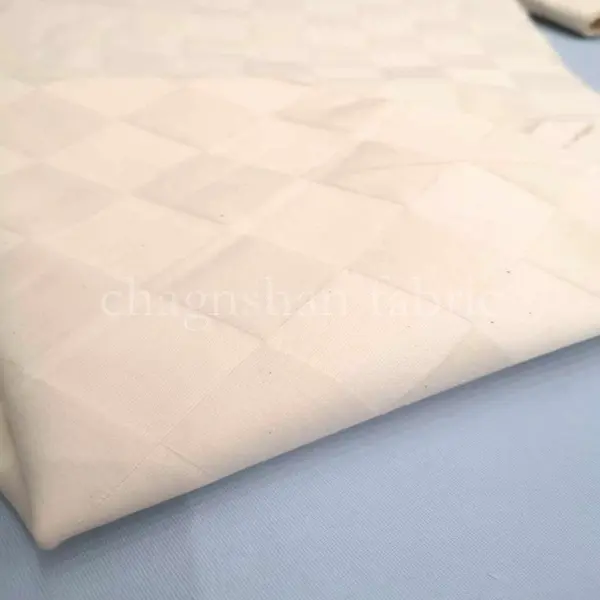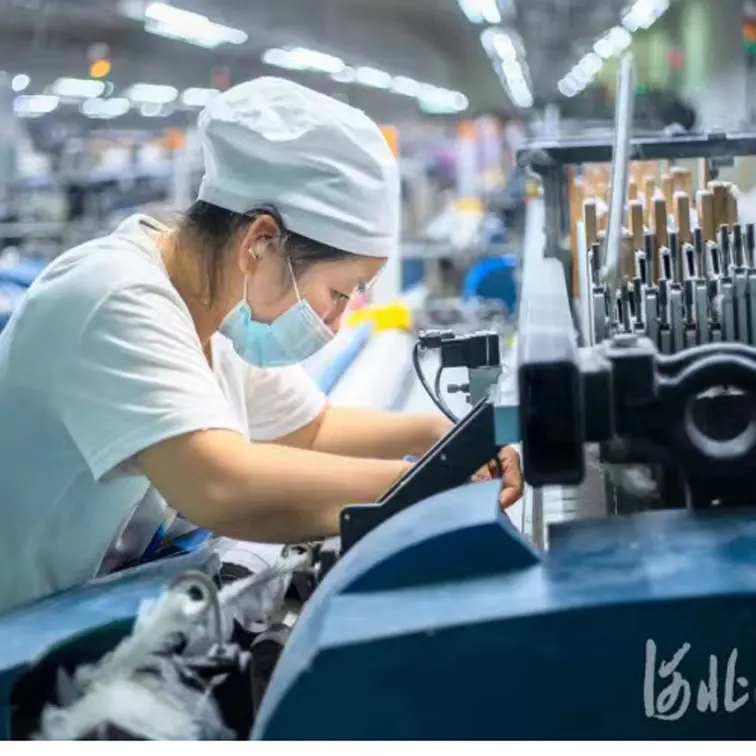Kev txhim kho ruaj khov yuav pab txo qis kev lag luam thoob ntiaj teb, cov kws tshuaj ntsuam hais
China has set its GDP growth target at around 5 percent for this year, which analysts said is “pragmatic” and “achievable”.
Tus naj npawb tiag tiag tuaj yeem dhau los ua ntau dua, lawv hais tias, qhia tias lub tebchaws siv ntau lub hom phiaj macroeconomic cov cai los txhawb kev noj thiab tiv thaiv kev nce nqi siab, txhawm rau txhawb kev loj hlob ruaj khov.
They also said China’s stable growth is set to help relieve global growth pressures as developed economies risk falling into recession while suffering from high inflation.
The growth target was revealed in the Government Work Report, which Premier Li Keqiang delivered at the opening meeting of the first session of the 14th National People’s Congress in Beijing on Sunday.
Thawj Tswj Hwm Xi Jinping, uas tseem yog tus tuav ntaub ntawv ntawm Pawg Neeg Saib Xyuas Kev Ncaj Ncees ntawm Tuam Tshoj Central Committee thiab tus thawj tswj hwm ntawm Central Military Commission, tau tuaj koom lub rooj sib tham.
Daim ntawv tshaj tawm, uas tau raug xa mus rau cov koom haum tsim cai lij choj rau kev txiav txim siab, tau hais tias Tuam Tshoj nrhiav kev thawb mus rau nws txoj kev hloov kho tshiab, txhawb kev txhim kho kom zoo, sib npaug zoo dua COVID-19 kev tiv thaiv thiab kev loj hlob ntawm kev sib raug zoo thiab kev lag luam, sib sib zog nqus kev hloov kho thiab qhib kev lag luam, thiab txhawb kev lag luam kev ntseeg siab.
Tuam Tshoj yuav txhim kho kev siv zog thiab kev ua tau zoo ntawm txoj cai tswjfwm kev siv nyiaj txiag zoo thiab siv txoj cai tswjfwm nyiaj txiag raws li lub hom phiaj, raws li Tsoomfwv Txoj Haujlwm Tshaj Tawm.
Sib nrug los ntawm kev qhia txog lub hom phiaj kev loj hlob ntawm GDP rau lub xyoo no, tsab ntawv tshaj tawm kuj tau nce nws qhov kev kwv yees tsis txaus-rau-GDP piv rau 3 feem pua thiab tsom tus nqi nce nqi ntawm 3 feem pua.
Lub teb chaws tseem yuav tsom mus tsim ib ncig ntawm 12 lab txoj haujlwm hauv nroog xyoo no thiab tau teem lub hom phiaj ntawm thaj tsam 5.5 feem pua rau cov kev tshawb fawb hauv nroog cov neeg poob haujlwm.
Tuam Tshoj tseem yuav txhawb nqa thiab txhawb nqa kev loj hlob ntawm kev lag luam ntiag tug thiab txhim kho kev siv zog los txhawb kev lag luam txawv teb chaws, raws li tsab ntawv ceeb toom.
“The GDP target is in line with the principle of 'seeking progress while ensuring stable development’,” said Bai Jingming, a researcher at the Chinese Academy of Fiscal Sciences. “It is achievable and has left room for (coping with possible) risks.”
Compared with last year’s GDP growth of 3 percent, this year’s target is not high, given the strong rebound of consumption and initial recovery of investment after the country further optimized its COVID-19 response policy in January, Bai said.
“China’s growth target for this year is very pragmatic and will help consolidate the country’s economic fundamentals,” said Raymond Zhu, president of the East and Central China Committee of CPA Australia, a major accounting body.
Zhou Maohua, a macroeconomic analyst at China Everbright Bank, said: “The target is quite solid, because some market expectations have it at above 6 percent. China is capable of achieving it.”
Economists tau hais tias, vim muaj ntau yam kev sib tw los ntawm Tuam Tshoj, xws li kev lag luam poob qis thiab kev nce nqi siab hauv lub ntiaj teb tsim, lub teb chaws yuav tsum tau ua raws li cov cai tswj hwm macroeconomic kom ntseeg tau tias kev loj hlob ruaj khov.
“More efforts should be made to support, say, small and micro enterprises, promote private sectors to raise people’s income and boost their confidence, and support the foreign trade sectors, given the possibility of slower global growth,” said Zhou from China Everbright Bank.
Zhang Yansheng, chief researcher at the China Center for International Economic Exchanges, said, “China needs to promote high-quality foreign trade development and improve the business environment, and the focus should be the negative list for the services industry.”
Muab qhov kev cia siab tsis muaj zog thoob ntiaj teb kev loj hlob xyoo no, nws kuj tseem ceeb heev rau Tuam Tshoj los txhawb kev xav tau hauv tsev, nws hais.
Nouriel Roubini, tus kws tshaj lij kev lag luam ntawm New York University, tau hais rau lub lim tiam dhau los tias kev lag luam hauv ntiaj teb yuav raug kev txom nyem los ntawm kev nce nqi siab, nce cov paj laum thiab kev lag luam poob qis, thiab kwv yees tias kev lag luam loj hlob tuaj yeem poob rau hauv kev lag luam.
Against the backdrop of possible recession in developed economies, China’s solid growth after optimizing COVID-19 policy this year will benefit the rest of the world, analysts said.
“The reintegration of the (world’s) second-largest economy into the world is bound to have a positive effect on global growth,” John Edwards, the UK trade commissioner for China, said in an interview with China Daily’s website.
Zhou Lanxu pab txhawb rau zaj dab neeg no.
Nrhiav cov xov xwm suab ntxiv ntawm China Daily app.
Post lub sij hawm: Mar. Peb 07, 2023 00:00




















 Daim tawv nqaij
Daim tawv nqaij Ntau yam
Ntau yam Durable
Durable Assured
Assured
